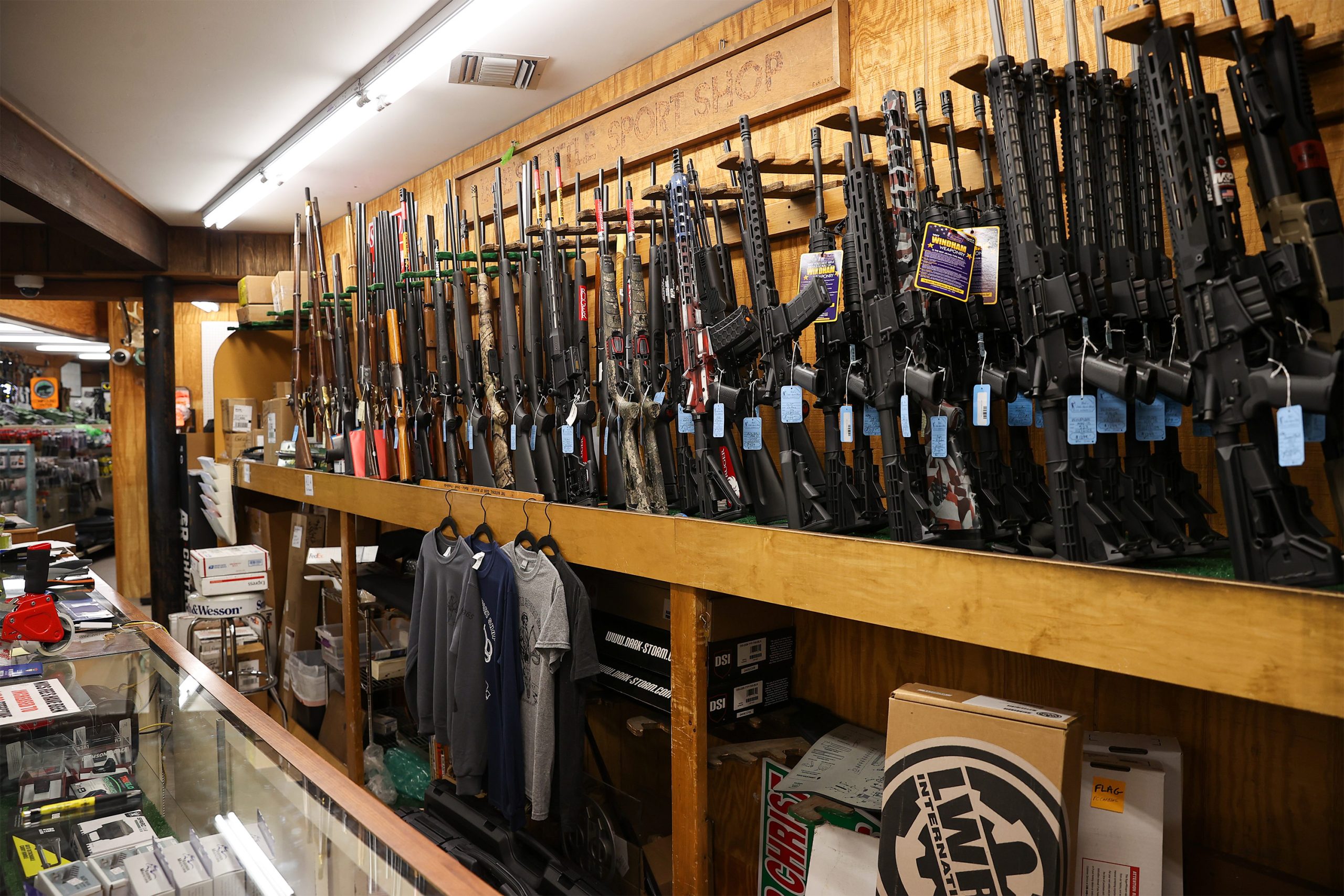Citing the hundreds of lives lost to extreme heat each year, California state housing officials are urging lawmakers to set residential cooling standards long opposed by landlords and builders who fear such a measure would force them to make big-ticket upgrades.
In a 60-page report sent Monday to the legislature, the California Department of Housing and Community Development recommended lawmakers set a maximum safe indoor air temperature of 82 degrees Fahrenheit for the Golden State’s estimated 14.6 million residential dwelling units.
“This is a big deal,” said C.J. Gabbe, an associate professor of environmental studies at Santa Clara University. “We’re seeing more and more concerns about the increase in heat-related morbidity and mortality in California, which is leading to these kinds of maximum indoor temperature guidelines.”
If the housing proposal is adopted, California could have the most comprehensive requirements in the nation, Gabbe said. Some local jurisdictions, including Phoenix, Dallas, and New Orleans, have set their own standards, and the city and county of Los Angeles are exploring their own protections.
Last year was the planet’s warmest on record, and extreme weather is becoming more frequent and severe, according to the National Oceanic and Atmospheric Administration. Even though most heat deaths and illnesses are preventable, about 1,220 people in the United States are killed by extreme heat every year, according to the Centers for Disease Control and Prevention. Heat stress can cause heatstroke, cardiac arrest, and kidney failure, and it’s especially harmful to the very young and the elderly.
State law protects renters in the winter by requiring all rental residential dwelling units to include functioning heating equipment that can keep the indoor temperature at a minimum of 70 degrees, but there is no similar standard giving renters the right to cooling.
The release of this report is a key milestone, but it’s just the first step of a long road, vulnerable to legislative politics and an influential housing industry that has successfully delayed similar proposals in the past. In 2022, state lawmakers directed the housing department to issue cooling recommendations after proposed legislation stalled when landlords, real estate agents, and builders raised concerns such a standard would be cost-prohibitive.
Those concerns remain. Many California rental units are older homes, sometimes 90 to 100 years old, and installing air conditioning would require expensive changes, including upgrading the electrical system, said Daniel Yukelson, CEO of the Apartment Association of Greater Los Angeles.
“These types of government mandates, absent some kind of financing or significant tax breaks, would really put a lot of smaller owners out of business,” said Yukelson, who added that he’s concerned it would lead to housing getting bought by large corporations that would spike rent prices.
The report recommends lawmakers provide incentive programs for owners to retrofit residential units so the cost isn’t passed along to renters. It also suggested a variety of strategies that could be deployed to keep homes cool: central air conditioning, window units, window shading, fans, and evaporative room coolers.
For new construction, housing officials suggested new standards incorporating designs to keep indoor temperatures from topping 82 degrees, such as cool roofs and cool walls designed to reflect sunlight, or landscaping to provide shade.
Whether the legislature will take up the housing department’s recommendations is unclear. Spokespeople for Democratic Assembly Speaker Robert Rivas and Sen. Henry Stern, a Democrat who co-authored the 2022 cooling standard bill, declined to comment.
Californians largely stand behind the idea, according to a 2023 poll from the University of California-Berkeley Institute of Governmental Studies and co-sponsored by the Los Angeles Times. Sixty-seven percent of voters said they supported the concept of the state establishing cooling standards for residential properties.
As temperatures rise and heat waves become longer and more intense, the report cautions, deaths in California could rise to 11,300 a year by 2050. And deaths from all causes “may be up to 10% higher on hot nights compared with nights without elevated temperatures,” according to a February presentation by the Los Angeles County Department of Public Health.
That’s because it can be particularly dangerous when people can’t cool off at night during extended heat waves, said David Konisky, a professor of environmental policy at Indiana University.
“When you can’t count on evening cooling off and allowing the body to readjust,” he said, “that’s when things get really dangerous for people’s health.”
This article was produced by KFF Health News, which publishes California Healthline, an editorially independent service of the California Health Care Foundation.




